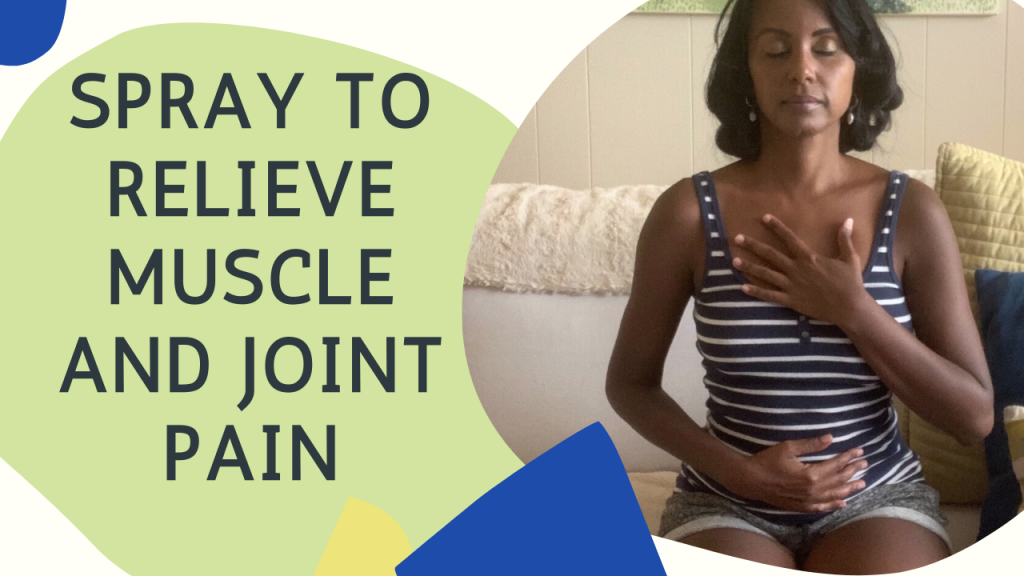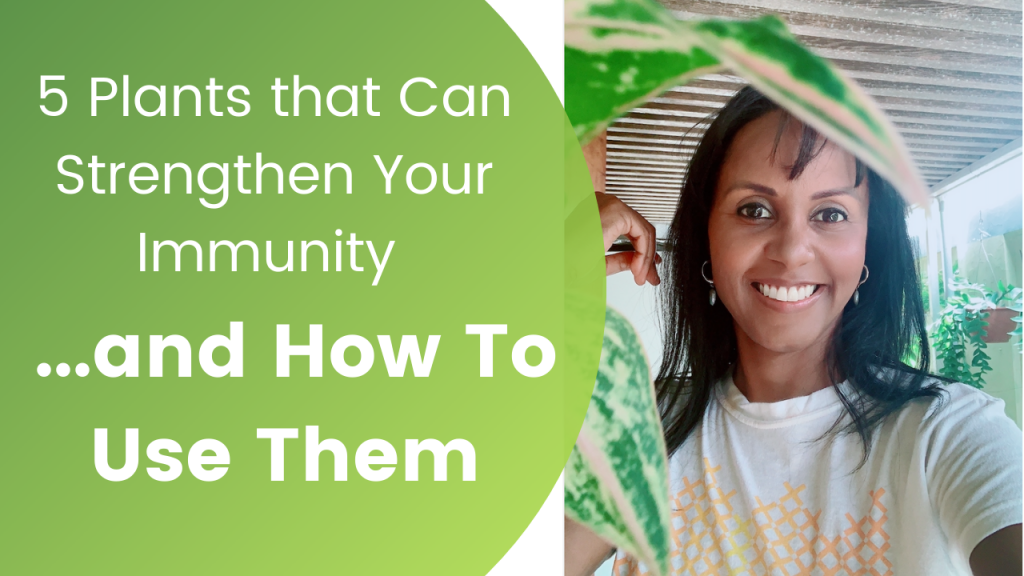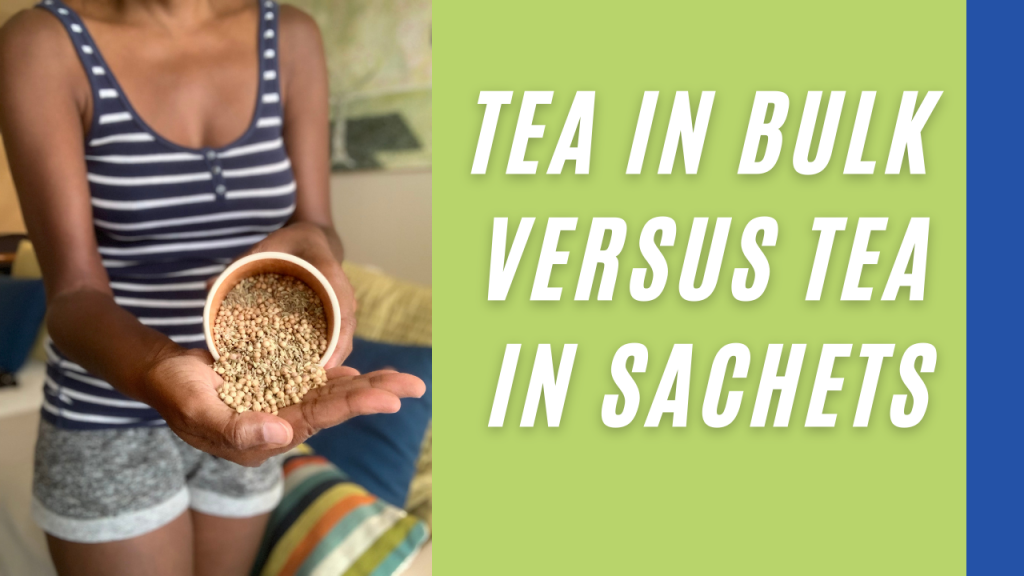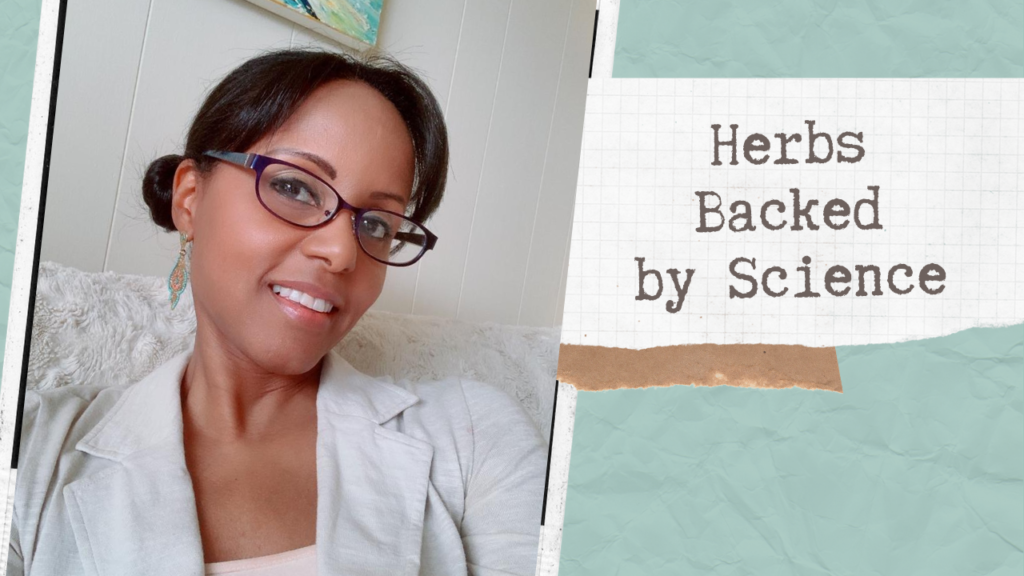Herbs
‘Natural’ and ‘Safe” Are Not Always The Same
The use of medicinal plants is increasingly widespread in society. They are used seemingly for anything: from weight loss, to sleep, to stress management. In short, to feel better. But we must always ask ourselves the following question: Is natural always safe? Today’s video will try to answer this question. Medicinal plants are an important …
Homemade Spray To Relieve Muscle And Joint Pain
Aches and pains due to muscle or joint issues? This remedy blend is super fast and easy to make, can be made cold (no need to heat the oils) and the result seems good to me. It is effective, fast and very simple to do. Also, everyone who doesn’t like the feel of oily and …
Best Digestive Tea Blend After a Large Meal
Digestion is a complex process that involves many organs in our body. Correct digestion, among other things, is essential for the body to assimilate the necessary nutrients to carry out its vital functions. Stress, a heavier than normal meal, ultra-processed foods, changes in routine, excess cold or heat … All these things can influence your …
5 Plants that Can Strengthen Your Immunity and How To Use Them
People often ask me how seasonal foods and medicinal plants can be an ally to increase their defenses. According to the European Food Safety Agency (EFSA) the vitamins and other micronutrients contained in certain foods can contribute to the proper functioning of the immune system. Other studies show that malnourished people are more exposed to …
5 Plants that Can Strengthen Your Immunity and How To Use Them Read More »
Teas In Bulk Versus Tea In Sachets + Which One Is Best?
Before I started researching medicinal plants and studying herbal medicine, I used to drink infusions in ready-made sachets. There are amazing brands and blends on the market, to meet all tastes and needs. However, over time I have moved to buying herbal blends in bulk and avoiding the use of tea bags and herbal teas. …
Teas In Bulk Versus Tea In Sachets + Which One Is Best? Read More »
5 Aromatic Plants That are Also Medicinal
Do you know the difference between aromatic and medicinal plants? Do not worry, it is a fairly frequent question since, despite the different definitions of medicinal and aromatic plants, many times the same plant can fit into the two categories. What is the difference between aromatic and medicinal plants? Both medicinal and aromatic plants have …
How To Get Rid of Intestinal Parasites… Naturally
There are home remedies that are prepared with botanicals like peppermint, rue and mugwort, which have anti-parasitic properties, and are very efficient in eliminating parasites and intestinal worms. These can be used every 6 months or in small doses on a regular basis to keep the intestine clean, but can also be used after confirmation …
How To Get Rid of Intestinal Parasites… Naturally Read More »
Three Ways to Combat Dandruff Naturally
Struggling with dandruff? Many of us do. Dandruff can be caused by a variety of reasons: from poor hygiene and low-quality hair products, to fungal infections, eczema, psoriasis or other serious health conditions. Depending on the reasons for your struggles with dandruff, you should get your scalp checked by a dermatologist to rule out any …
5 of the Most Powerful Medicinal Plants Backed by Science
Chances are, you have heard of these herbs and how powerful they are. You have heard me talk about them many times or your family or ancestors may have used them before. While we have lots of anecdotal evidence related to many herbal remedies, these 5 in particular have properties backed by science and I …
5 of the Most Powerful Medicinal Plants Backed by Science Read More »
How Does THIS Help You Lose Weight
We all know that carrying excess weight has health consequences, including increased risk of diabetes, coronary heart disease, and even depression, also, lower self-esteem, aches and pains, etc. For patients who need an extra edge in their weight loss efforts, adding on a specialized weight loss supplement might be the answer. Historically, supplements that claim …
Salsa Verde (Chimichurri Sauce) Recipe
Today I have the 2nd video recipe with guest Executive Chef Verite Mazzola, who is teaching us how to make a super easy and extra yummy salsa verde (a take on the famous chimichurri sauce. A few weeks ago we made a fantastic black garlic sauce that you can find here: https://youtu.be/NEDGroK9510 And for the …
Coronavirus: Can Herbal Medicine Help Protect You?
The coronavirus is wreaking havoc around the world, not just in the health of people but in our psyche and in the world economy as a whole. We don’t know as much as we’d like to about this virus and that is one of the reasons for the type of panic we’re seeing. If you …
Coronavirus: Can Herbal Medicine Help Protect You? Read More »
Back Acne Herbal Blend
Struggling with back or body acne? Back acne is one of the most annoying skin conditions: most of us don’t notice until it’s become aggressive, it tends to be stubborn to treat, can leave long-term scars and make you feel less confident in your appearance. Luckily, I’ve been using and recommending a remedy, so simple …
Improve Menstrual Cramps
Each month, the lining of a woman’s uterus produces chemicals called prostaglandins, which help the muscles of the uterus to contract and expel tissue and fluids during menstruation.
If the levels of prostaglandins rise a lot, they cause strong contractions of the uterine muscle which are called pains, menstrual cramps or dysmenorrhea.















